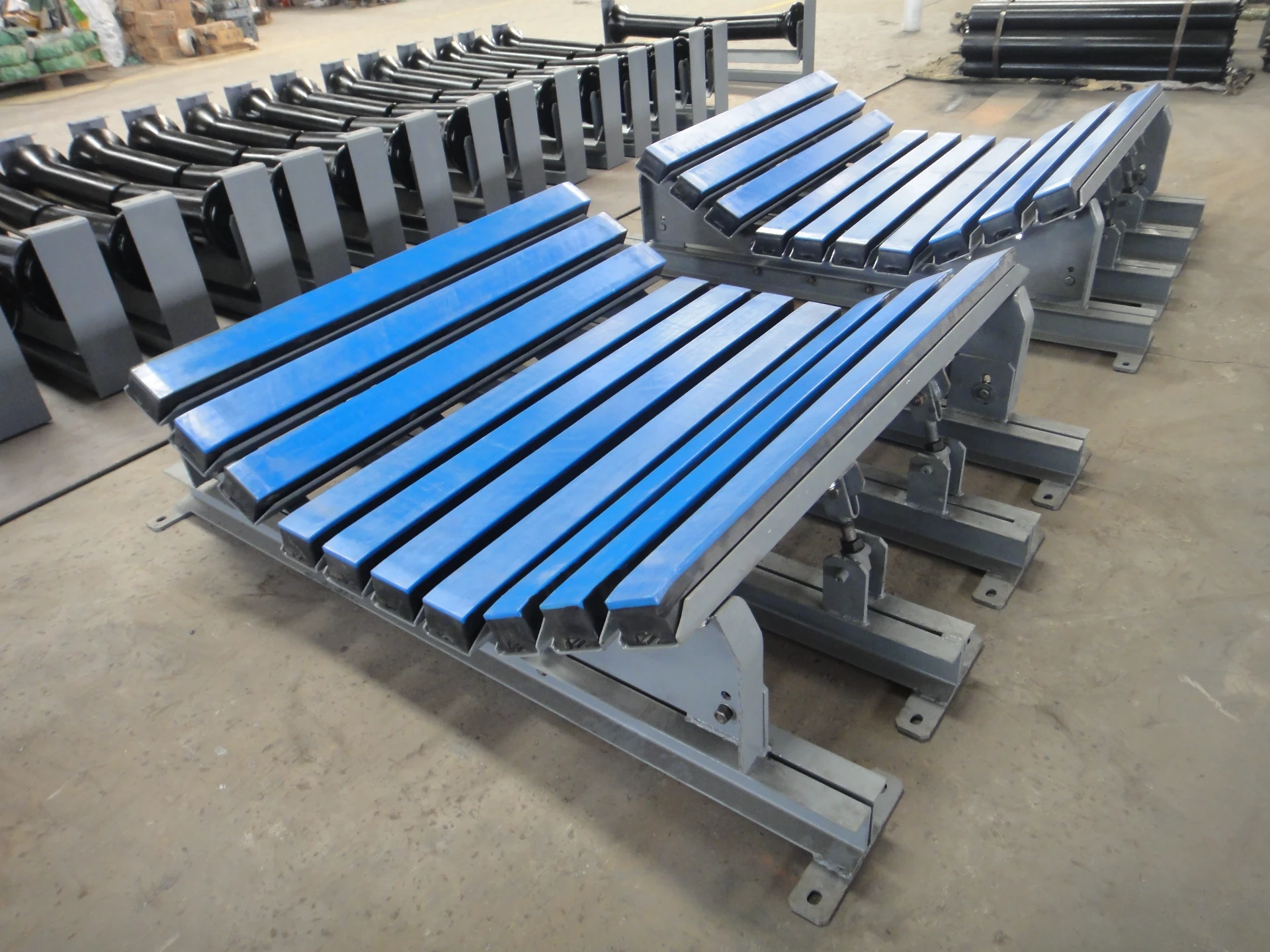 Afrikaans
Afrikaans  Albanian
Albanian  Amharic
Amharic  Arabic
Arabic  Armenian
Armenian  Azerbaijani
Azerbaijani  Basque
Basque  Belarusian
Belarusian  Bengali
Bengali  Bosnian
Bosnian  Bulgarian
Bulgarian  Catalan
Catalan  Cebuano
Cebuano  Corsican
Corsican  Croatian
Croatian  Czech
Czech  Danish
Danish  Dutch
Dutch  English
English  Esperanto
Esperanto  Estonian
Estonian  Finnish
Finnish  French
French  Frisian
Frisian  Galician
Galician  Georgian
Georgian  German
German  Greek
Greek  Gujarati
Gujarati  Haitian Creole
Haitian Creole  hausa
hausa  hawaiian
hawaiian  Hebrew
Hebrew  Hindi
Hindi  Miao
Miao  Hungarian
Hungarian  Icelandic
Icelandic  igbo
igbo  Indonesian
Indonesian  irish
irish  Italian
Italian  Japanese
Japanese  Javanese
Javanese  Kannada
Kannada  kazakh
kazakh  Khmer
Khmer  Rwandese
Rwandese  Korean
Korean  Kurdish
Kurdish  Kyrgyz
Kyrgyz  Lao
Lao  Latin
Latin  Latvian
Latvian  Lithuanian
Lithuanian  Luxembourgish
Luxembourgish  Macedonian
Macedonian  Malgashi
Malgashi  Malay
Malay  Malayalam
Malayalam  Maltese
Maltese  Maori
Maori  Marathi
Marathi  Mongolian
Mongolian  Myanmar
Myanmar  Nepali
Nepali  Norwegian
Norwegian  Norwegian
Norwegian  Occitan
Occitan  Pashto
Pashto  Persian
Persian  Polish
Polish  Portuguese
Portuguese  Punjabi
Punjabi  Romanian
Romanian  Russian
Russian  Samoan
Samoan  Scottish Gaelic
Scottish Gaelic  Serbian
Serbian  Sesotho
Sesotho  Shona
Shona  Sindhi
Sindhi  Sinhala
Sinhala  Slovak
Slovak  Slovenian
Slovenian  Somali
Somali  Spanish
Spanish  Sundanese
Sundanese  Swahili
Swahili  Swedish
Swedish  Tagalog
Tagalog  Tajik
Tajik  Tamil
Tamil  Tatar
Tatar  Telugu
Telugu  Thai
Thai  Turkish
Turkish  Turkmen
Turkmen  Ukrainian
Ukrainian  Urdu
Urdu  Uighur
Uighur  Uzbek
Uzbek  Vietnamese
Vietnamese  Welsh
Welsh  Bantu
Bantu  Yiddish
Yiddish  Yoruba
Yoruba  Zulu
Zulu Benefits of Using Rubber Lagging on Pulley Systems for Improved Performance and Durability
The Importance of Pulley Rubber Lagging in Industrial Applications
In the world of industrial machinery and conveyor systems, efficiency and durability are of utmost importance. Among the components that play a critical role in these systems is the pulley. Pulleys are essential for the proper functioning of conveyors, providing the necessary traction and support for the movement of materials. However, over time, the wear and tear on these pulleys can lead to decreased performance and increased maintenance costs. This is where pulley rubber lagging comes into play.
What is Pulley Rubber Lagging?
Pulley rubber lagging refers to the application of a rubber layer on the surface of pulleys. This protective layer serves multiple functions that enhance the performance and longevity of the pulley system. The rubber lagging can vary in thickness, texture, and composition, depending on its intended application. It acts as a barrier against wear, reduces slippage, provides improved traction, and can also help in protecting the pulley from environmental factors.
Benefits of Rubber Lagging
1. Enhanced Traction One of the primary advantages of rubber lagging is its ability to improve traction between the conveyor belt and the pulley. This increased friction allows for a more efficient transfer of power, leading to smoother operation and reduced energy consumption.
2. Wear Resistance Rubber lagging provides a protective layer that absorbs impact and reduces wear on the pulley itself. This is particularly important in high-load environments, where the risk of damage is significantly higher. By protecting the pulley, rubber lagging can extend the overall lifespan of the machinery and reduce the frequency of replacements or repairs.
3. Reduced Slippage Slippage can be a major issue in conveyor systems, leading to inefficient operation and potential downtimes. Rubber lagging minimizes this problem by providing a non-slip surface that enhances the grip between the belt and the pulley. This ensures consistent performance and minimizes the risk of material misalignment.
pulley rubber lagging

4. Protection Against Environmental Factors Many industrial settings expose equipment to harsh conditions, such as moisture, chemicals, and extreme temperatures. Rubber lagging acts as a shield against these environmental stresses, helping to maintain the integrity of the pulley and ensuring it operates effectively over time.
5. Noise Reduction Another often-overlooked benefit of rubber lagging is its ability to dampen noise. The rubber material absorbs vibrations that would otherwise lead to noise pollution in the workplace, creating a more pleasant working environment.
Applications of Pulley Rubber Lagging
Rubber lagging is particularly beneficial in industries such as mining, manufacturing, and material handling. In mining, for instance, the need for robust and reliable conveyor systems is paramount, as the payloads are often heavy and abrasive. Rubber lagging can significantly improve the durability of the machinery involved in transporting minerals and ores.
In manufacturing settings, conveyors are used to transport products through various stages of production. By incorporating rubber lagging, manufacturers can enhance the efficiency and reliability of their operations, reducing wastage and improving turnaround times.
Conclusion
In conclusion, pulley rubber lagging is a vital component in enhancing the functionality and longevity of industrial pulley systems. By providing increased traction, reducing wear and slippage, protecting against environmental risks, and lowering noise, rubber lagging contributes significantly to operational efficiency. As industries continue to evolve and demand greater performance from their machinery, investing in quality rubber lagging will undoubtedly become an even more critical aspect of maintaining effective and efficient operations. In an era where uptime and productivity are essential, choosing to implement rubber lagging in pulley systems represents a proactive approach to industrial maintenance.
-
Trusted Conveyor Solutions from Leading Conveyor Idler Roller ManufacturersNewsJun.27,2025
-
Reliable Return Idler Solutions for Efficient Belt Conveyor SystemsNewsJun.27,2025
-
Precision Conveyor Accessories for Streamlined Material HandlingNewsJun.27,2025
-
High-Quality Belt Conveyor Idler Solutions for Efficient Material HandlingNewsJun.27,2025
-
High-Performance Belt Conveyor Pulleys for Reliable Material HandlingNewsJun.27,2025
-
Enhancing Material Handling EfficiencyNewsJun.27,2025





























